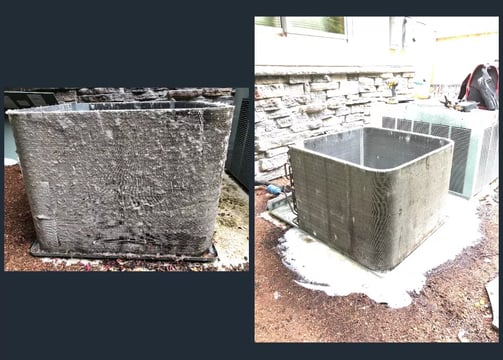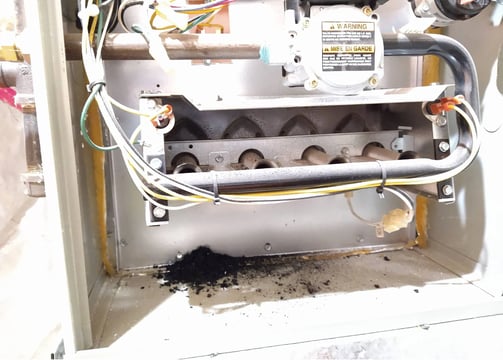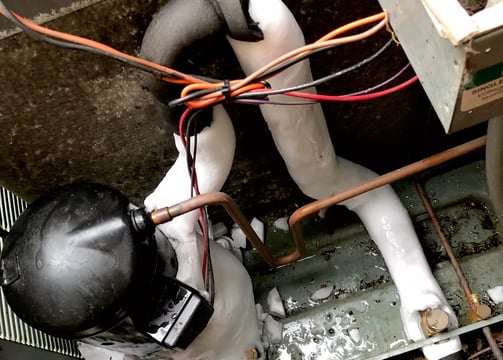Diagnostic & Checkup
Service Repair Diagnostic
Visual Inspection:
Outdoor Unit:
Check for physical damage, debris, or signs of water damage.
Inspect the condenser coils for dirt and obstructions.
Verify the fan blades are clean and rotating freely.
Indoor Unit:
Inspect the evaporator coils for dirt and debris.
Check the air filter for cleanliness.
Verify the blower fan is operating correctly.
Examine the condensate drain pan and drain line for clogs.
Functional Testing:
Power Supply:
Ensure the system is receiving adequate power.
Check for tripped circuit breakers or blown fuses.
Thermostat Operation:
Verify the thermostat is set to the correct mode (cooling or heating).
Ensure the thermostat is calibrated correctly.
Refrigerant Levels:
Use gauges to measure refrigerant pressure.
Check for leaks in the refrigerant lines.
Airflow:
Measure airflow through the system using a meter.
Check for restrictions in the ductwork.
Electrical Components:
Test the compressor, condenser fan motor, and blower motor.
Inspect wiring and electrical connections for damage or loose connections.
Control Board:
Check for error codes on the control board.
Troubleshoot any issues indicated by the error codes.


By systematically checking these components and performing the necessary tests, you can accurately diagnose the problem and determine the appropriate repair or replacement. For complex issues or if you're unsure about any step, it's best to consult with a qualified HVAC technician.
Benefits Photos
Provide a short summary of your recent projects, highlighting the most important things.


Cleaning Process Before and after


Burner - after cleaning






